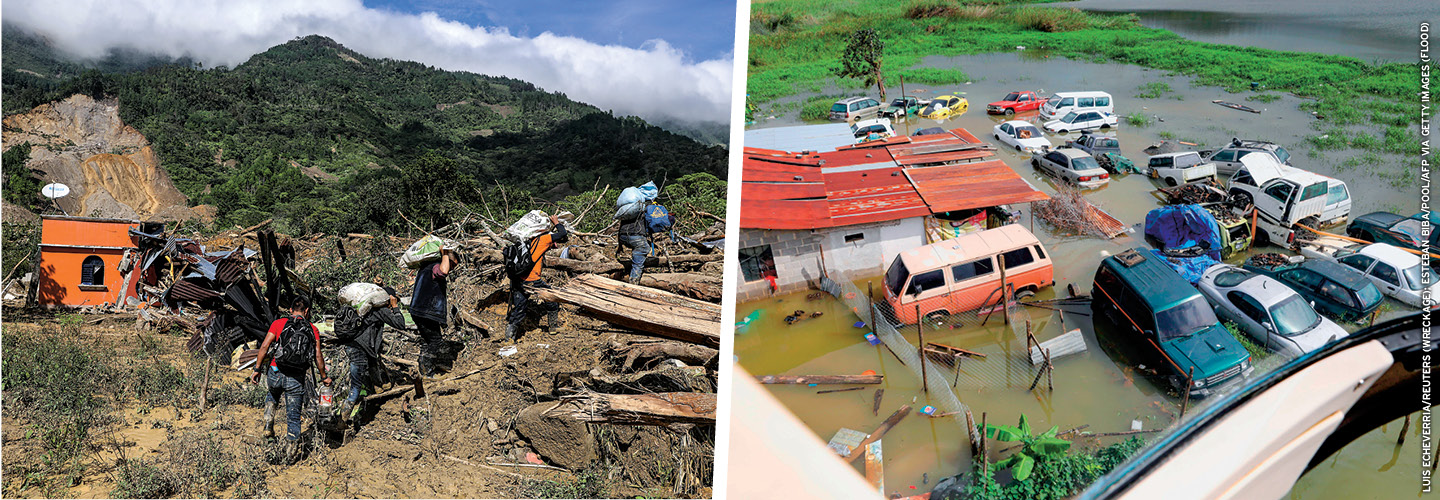They heard the slab of earth cracking off the mountain, but by then the mudslide was already burying their neighbors. So the people of Quejá—the lucky ones—ran out of their homes with nothing, trudging barefoot through mud as tall as their children until they reached dry land.
All that’s left of this village in Guatemala is their memories.
“This is where I live,” says Jorge Suc Ical, standing atop the sea of rocks and muddy debris that entombed his town. “It’s a cemetery now.”
They heard the slab of earth breaking off the mountain. But by then, the mudslide was already burying their neighbors. So the people of Quejá ran out of their homes with nothing. They trekked barefoot through mud as tall as their children until they reached dry land. Those who made it were the lucky ones.
All that’s left of this village in Guatemala is their memories.
“This is where I live,” says Jorge Suc Ical, standing atop the sea of rocks and muddy debris that entombed his town. “It’s a cemetery now.”

